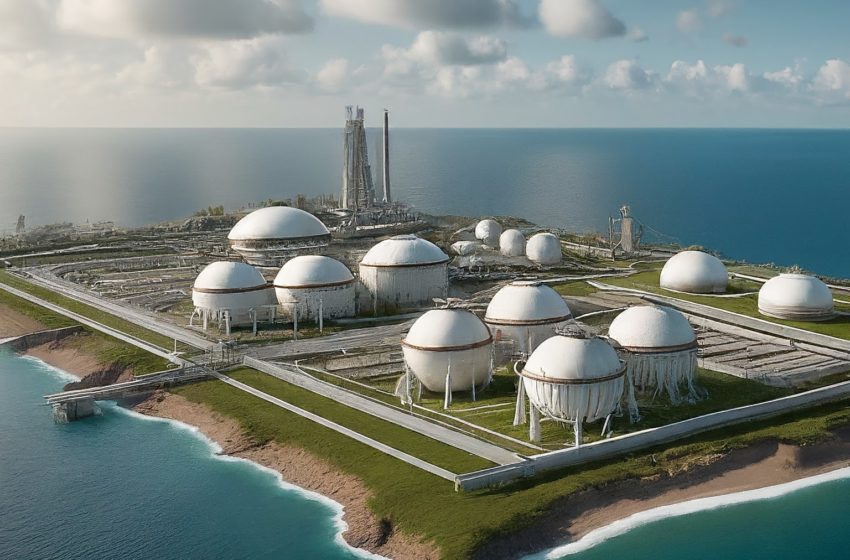Gas Supply to Geometric Power Resumes, as More People Now Receive Electricity
Global LNG Demand to Surge by 50% by 2040, Says Shell

Global demand for liquefied natural gas (LNG) is forecasted to skyrocket by 50 percent by 2040, primarily propelled by burgeoning consumption in Asia, according to insights unveiled by Shell on Wednesday.
Last year witnessed a slight uptick in global LNG trade, reaching 404 million tons compared to 397 million tons in 2022, as revealed in the annual Shell LNG Outlook 2024. Tight supplies of LNG hampered growth despite robust demand dynamics.
Amidst the backdrop of a milder winter in 2022/2023 and buoyed gas storage levels, the global gas market saw stabilization in prices, bolstered by modest economic recovery in China and diminished demand in Europe.
Nonetheless, market volatility persisted, particularly spurred by concerns over supply security. According to Shell, tight supplies restrained growth rates in LNG trade, while prices remained elevated above historic averages.
Europe experienced a downturn in gas demand throughout 2023, attributed to demand erosion and heightened prices, while China exhibited robust natural gas demand that outpaced its moderate economic growth trajectory. Concurrently, Japan, previously the leading LNG importer globally, witnessed a continued decline in gas demand as more nuclear plants resumed operations, as outlined by the UK-based supermajor.
Looking ahead, Shell foresees continued expansion in the global LNG market well into the 2040s, predominantly driven by China’s endeavors towards industrial decarbonization and escalating demand from other Asian nations.
Despite localized peaks in natural gas demand, Shell projects a global peak in consumption after 2040, marking a contrast with earlier estimations by the International Energy Agency (IEA). Shell’s outlook extends the timeline for peak demand by over a decade, emphasizing a protracted reliance on natural gas as a transitional fuel.
In October, the IEA’s World Energy Outlook 2023 highlighted a deceleration in global natural gas demand growth throughout this decade, anticipating a peak by 2030 compared to the preceding decade.






